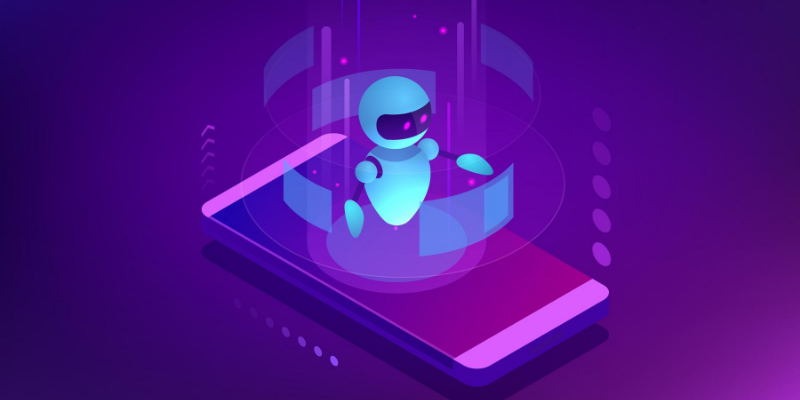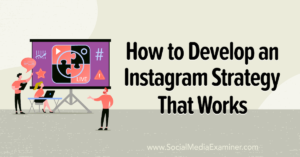
The world of AI is undergoing constant transformation, a shift that may persist for years as technology advances and industries that are traditionally conservative to tech adoption gradually embrace this transformation. However, for specific sectors, this transformation will be swift—a revolution rather than an evolution—and the contact center industry is certainly one of those.
Over the next few years, a majority of companies are expected to embrace what is known as zero-touch customer support. This model entails the adoption of a robust, AI-driven contact centre capable of efficiently managing customer interactions, ranging from routine to complex, across various channels. This transformative shift is likely to occur at a pace that might surprise some, but for those who are deeply entrenched in this domain, it will seem like a natural progression.
Understanding the paradigm shift in customer support
Future-forward companies that have integrated AI into their existing customer service operations recognise two fundamental truths. Firstly, customer service plays a pivotal role in brand loyalty and retention, with an astounding 81% of consumers asserting that a positive customer service experience influences their likelihood of making another purchase. Secondly, dynamic AI agents, encompassing both voice and chat functionalities, significantly enhance key customer satisfaction metrics.
Recent strides in AI have instilled confidence in consumers, with an impressive 74% believing that AI can enhance customer service efficiency.
Consequently, it is not an exaggeration to predict that most contact centers will pivot towards the zero-touch customer support model, given the swift development of generative and conversational AI.
Combination of generative and conversational AI: The Game Changer
Initially, chatbots served as supplementary support to human customer service agents, given they worked with limited intelligence, functioning more like FAQ pages. This changed roughly a decade ago with the advent of conversational AI, enabling a more sophisticated understanding of natural language.
The emergence of ChatGPT marked a global surge in generative AI launches, accelerating development and widespread adoption. Built on large language models (LLMs) trained on massive datasets, these advanced tools have refined text generation capabilities, surpassing the limitations of earlier chatbots.
The latest dynamic AI agents powered by fine-tuned specialied enterprise LLMs excel in handling intricate customer service issues, once deemed solvable only by humans.
Picture this: You’re traveling abroad, and suddenly, you realise your passport is nowhere to be found. You don’t know what to do and reach out to your country’s embassy or consulate for help. In this high-stress scenario, you not only need practical assistance but also a reassuring presence—one that empathises with the urgency and anxiety you’re going through. Earlier, chatbots fell short in such situations, lacking the ability to comprehend the nuanced context required for empathetic interactions.
The combination of Generative and Conversational AI has bridged this gap, enabling dynamic AI agents to emulate more human-like and goal-based conversations. In light of these capabilities, the future appears to pave the way for fully autonomous customer support systems, enabling human agents to focus on cultivating customer relationships and overseeing the AI’s performance.
How we’ll get to zero-touch customer support
While human-driven contact centers have always relied on data, three key metrics take precedence: time to respond, mean time to resolution, and customer satisfaction. All three metrics are witnessing notable improvements, with generative AI propelling several industries towards Zero-Touch Customer Support.
Approximately 75% of the value that generative AI use cases offer is distributed across four key areas including customer operations and marketing and sales. A study involving a company with 5,000 customer service agents revealed that the use of generative AI boosted issue resolution rates by 14% per hour. Similarly, according to a Gartner poll, CX is currently the No. 1 business focus for generative AI investments: In no other area are the potential advantages this measurably clear. Businesses that aim to stay ahead need to start road mapping their Zero Touch approach for contact centers now. That involves:
1. Plan for scale: Identify the key milestones, use cases, resources, and a timeline to effectively implement generative and conversational AI across your contact center. Establish a well-defined path to gradually integrate AI into your customer support strategy.
2. Identify the right partner: Select a third-party automation partner with expertise in deploying generative AI for enterprises, a crucial consideration for companies lacking the resources to build in-house specialized LLM solutions.
3. Ensure buy-in from all stakeholders: Secure support from all stakeholders, including senior management, interdependent teams and customer support agents, ensuring a mutually beneficial outcome for everyone involved.
4. Integrate Generative AI into the CX strategy. Even if zero-touch customer support is not an immediate goal, deploy generative and conversational AI in phases to empower human agents, enhance productivity, and reduce operational costs.
As customers become acquainted with the new breed of dynamic AI agents, traditional customer experience solutions will become obsolete. The frustrations associated with past CX solutions cannot be compared to the efficiency and effectiveness of present AI-powered agents. Therefore, the choices are binary: proactively embrace the zero-touch CX future or play catch-up down the road, potentially giving competitors a significant head start in the process.
(Disclaimer: The views and opinions expressed in this article are those of the author and do not necessarily reflect the views of YourStory.)







![Read more about the article [Funding alert] Filo raises $23M in Series A round led by Anthos Capital](https://blog.digitalsevaa.com/wp-content/uploads/2022/01/VCfunding-1605087354569-300x150.jpg)


